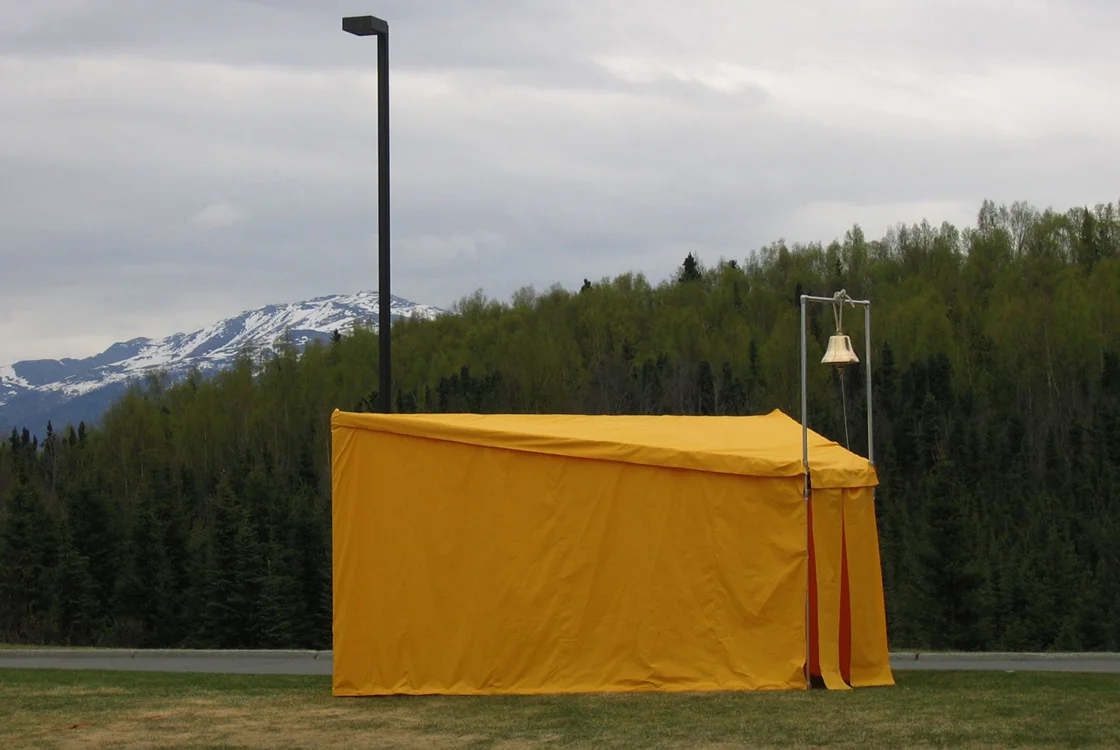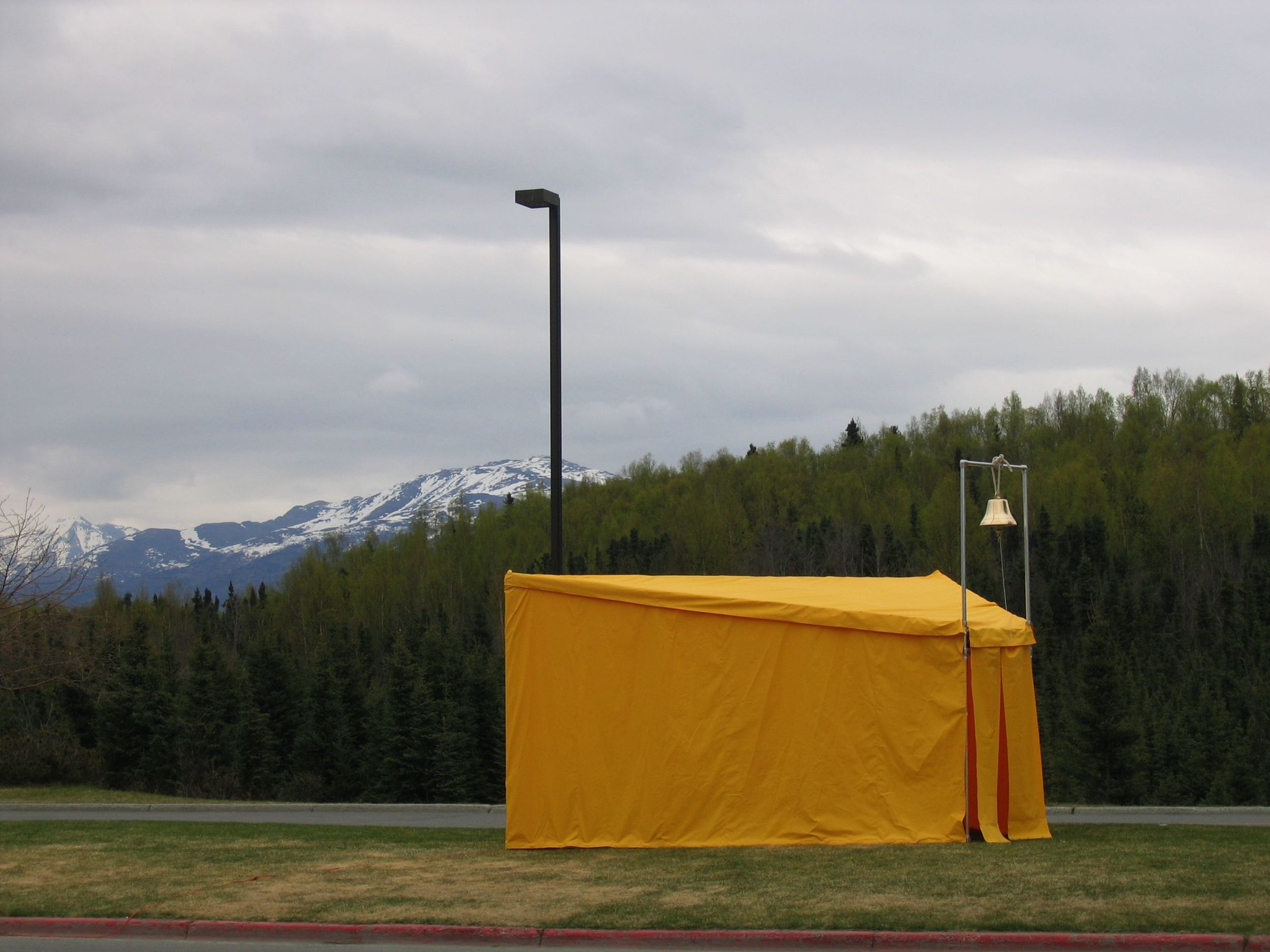
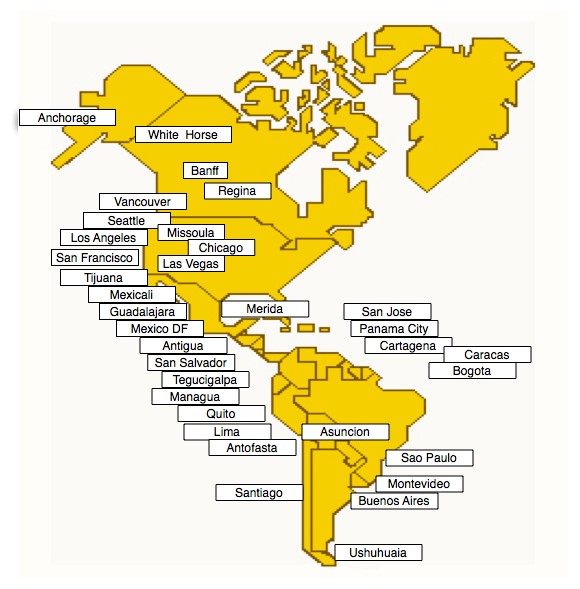
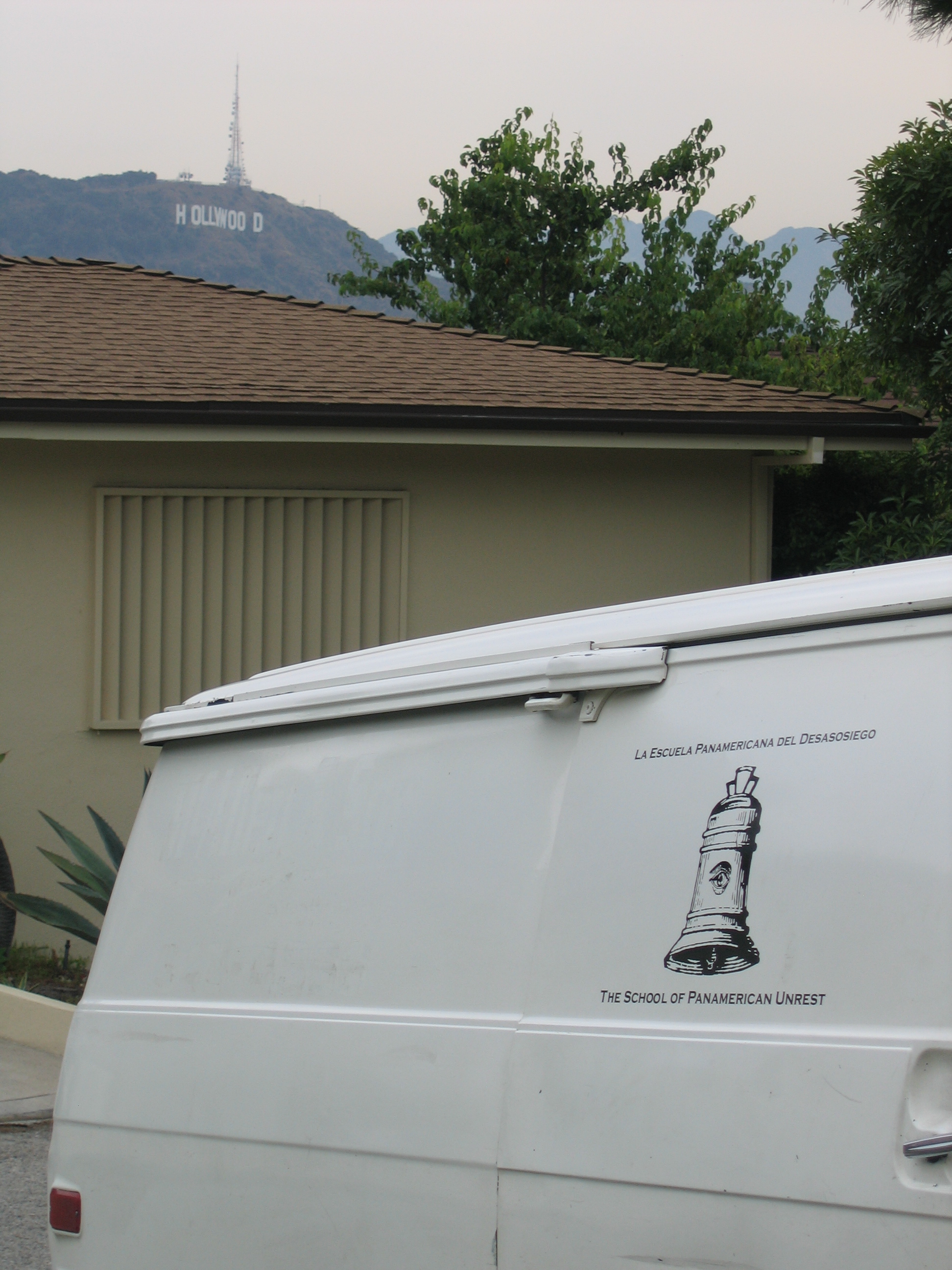
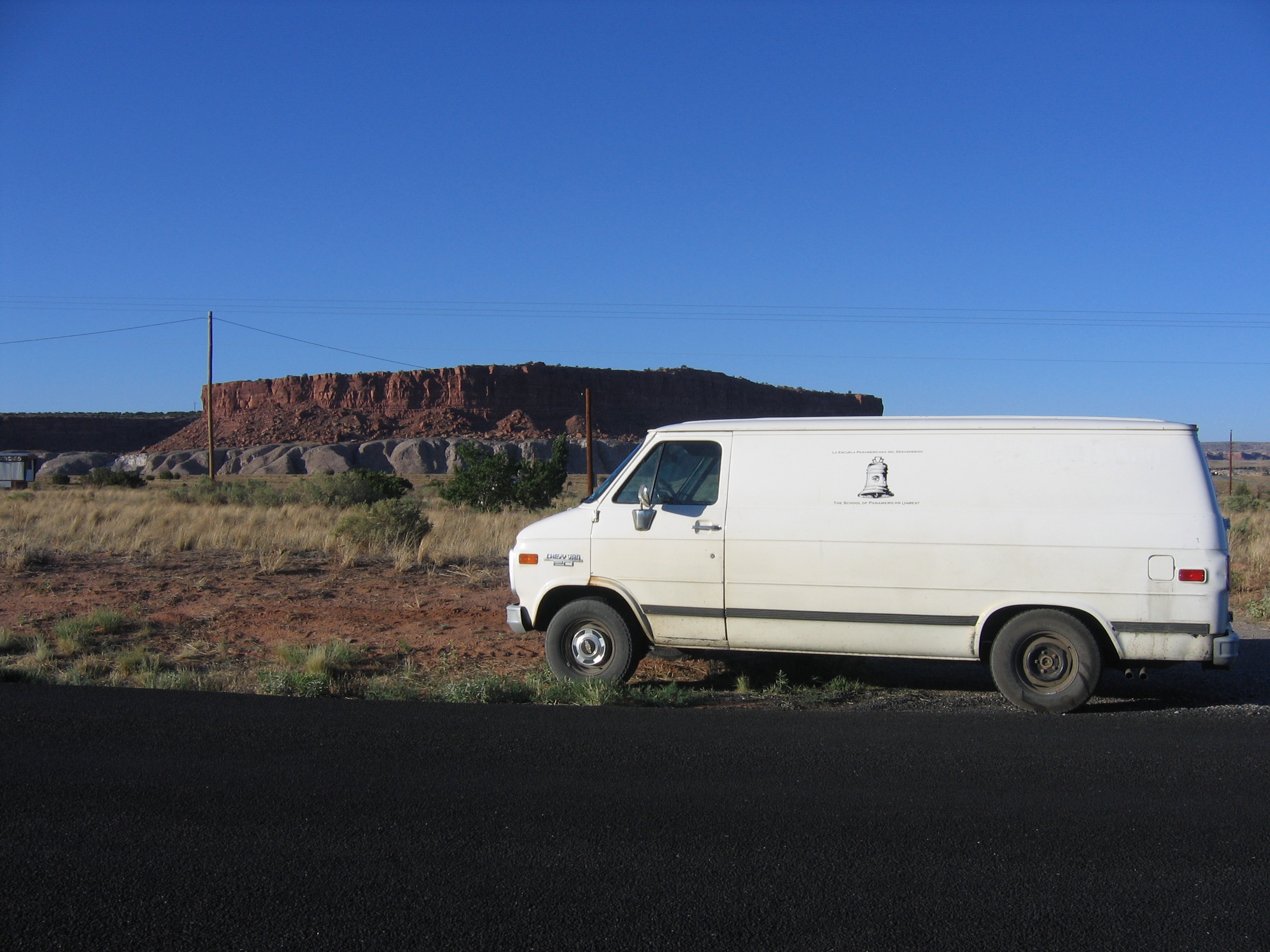
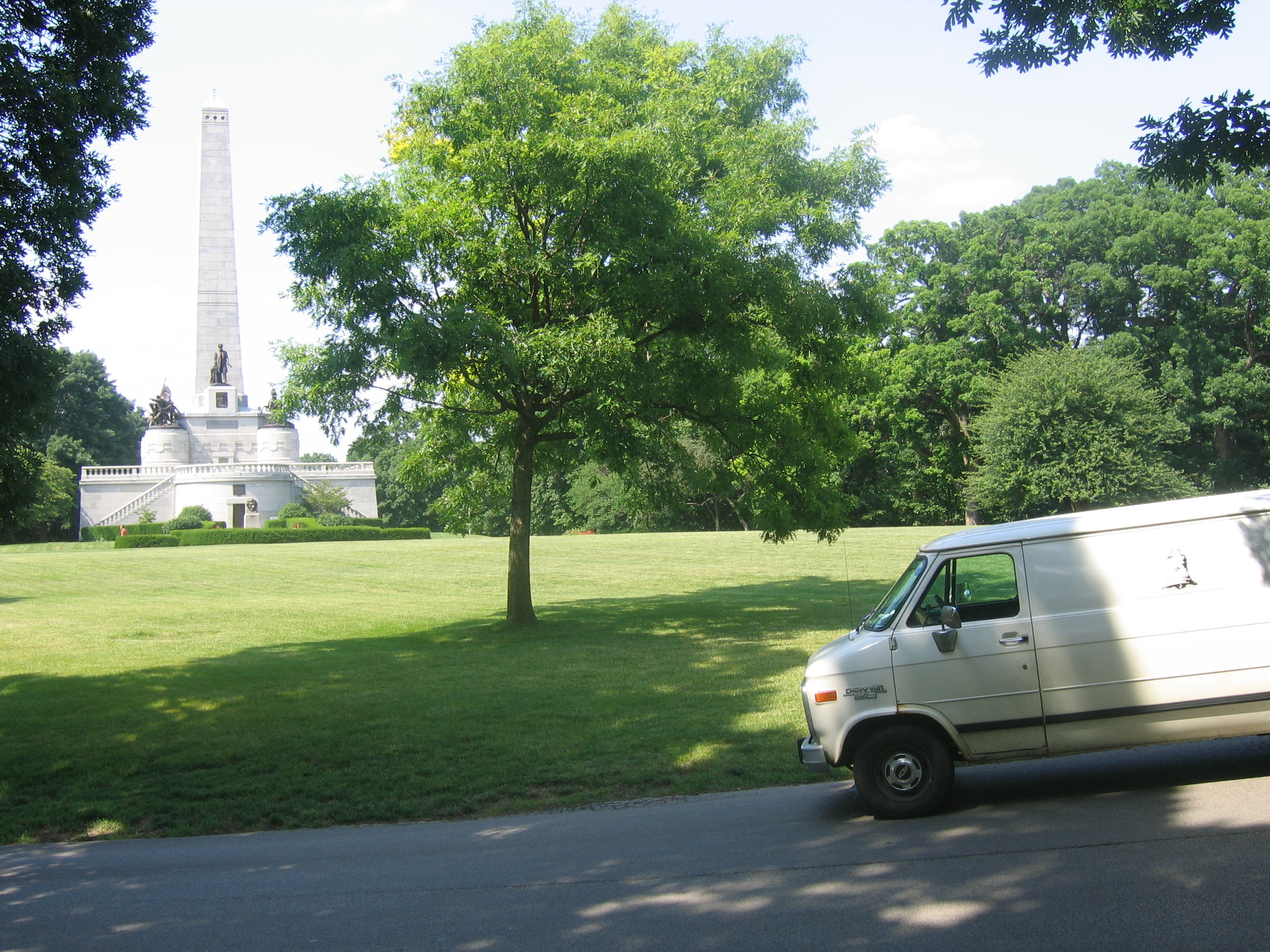

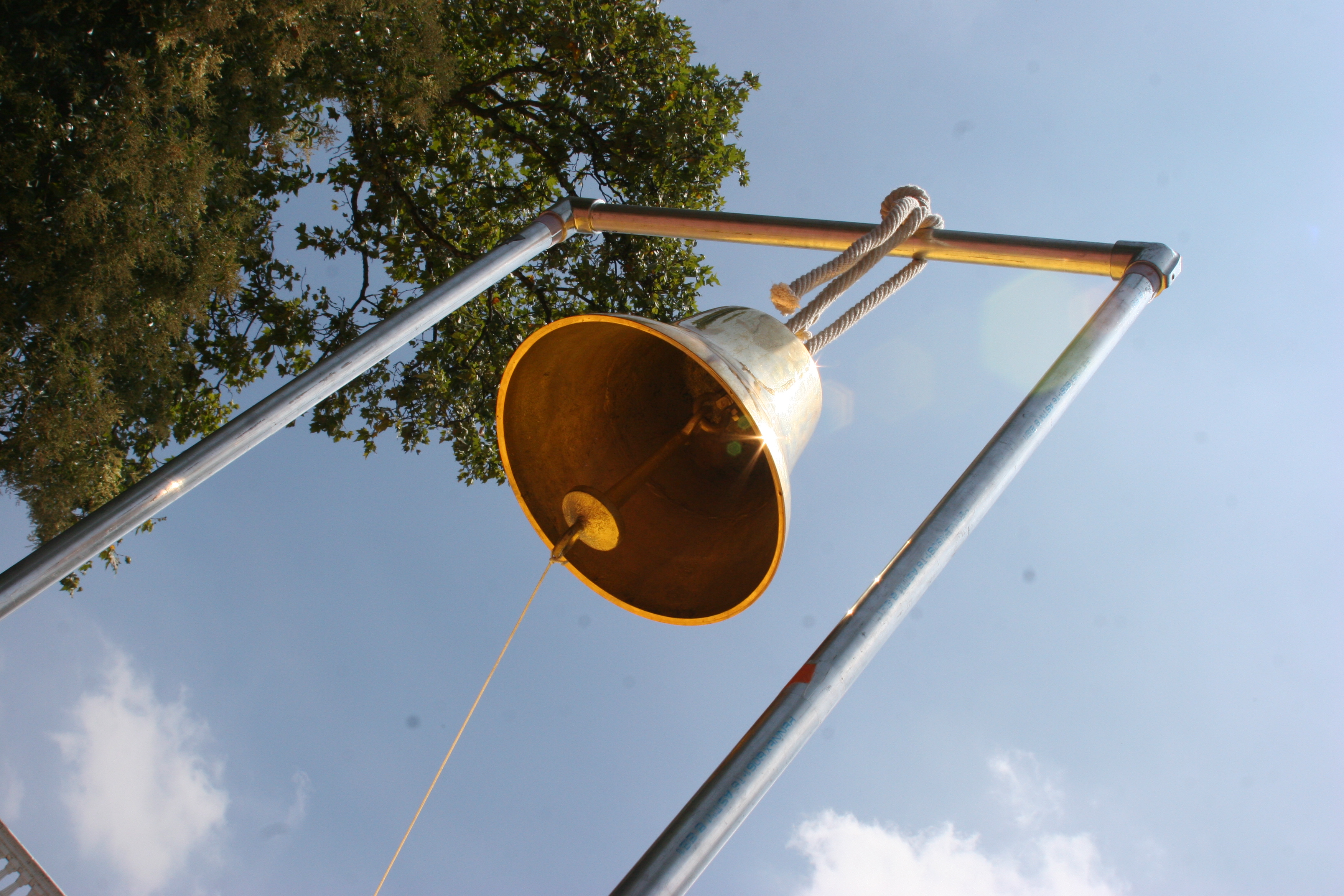
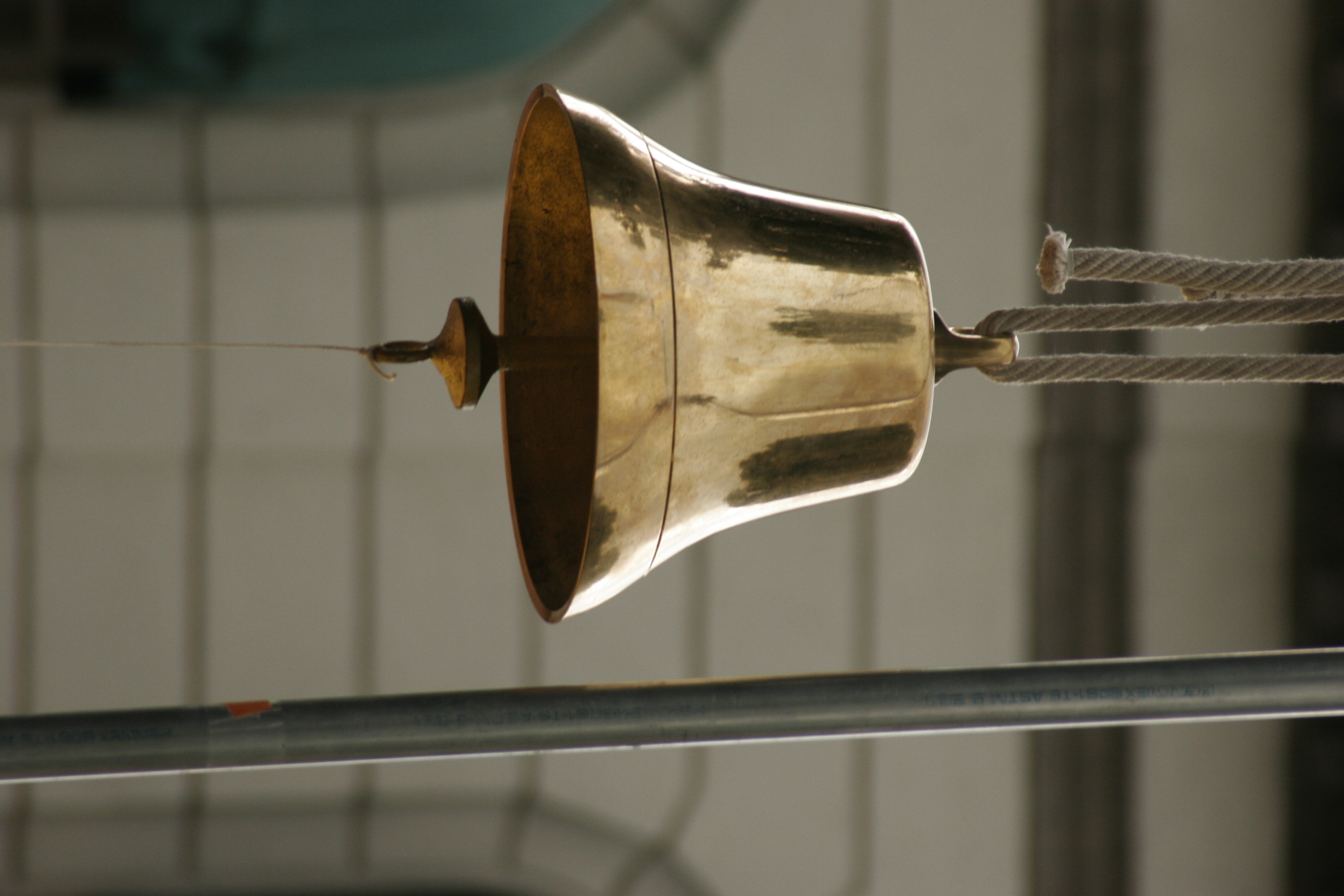
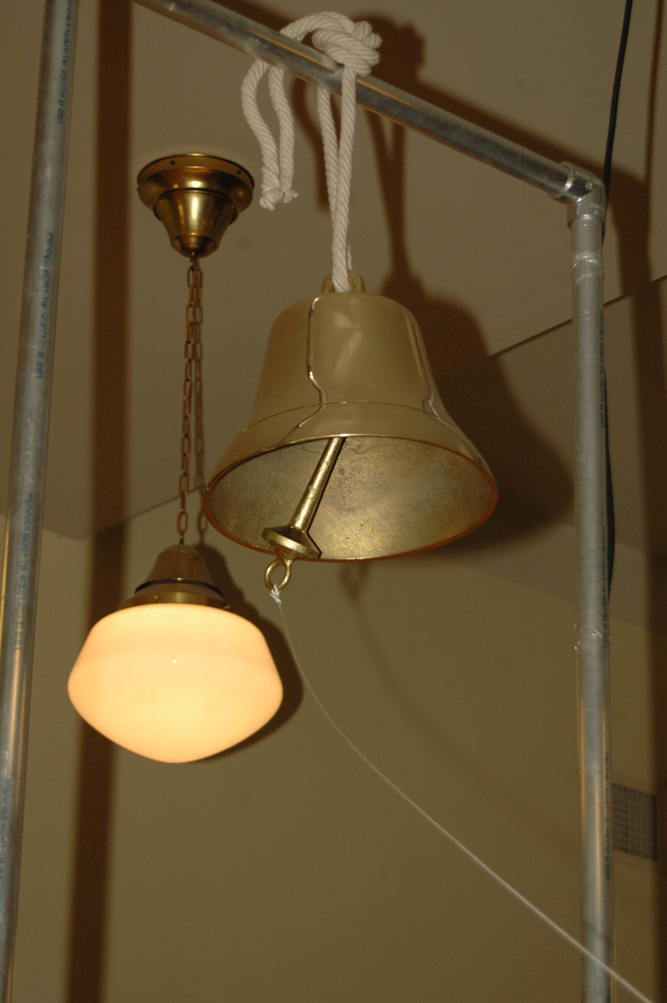
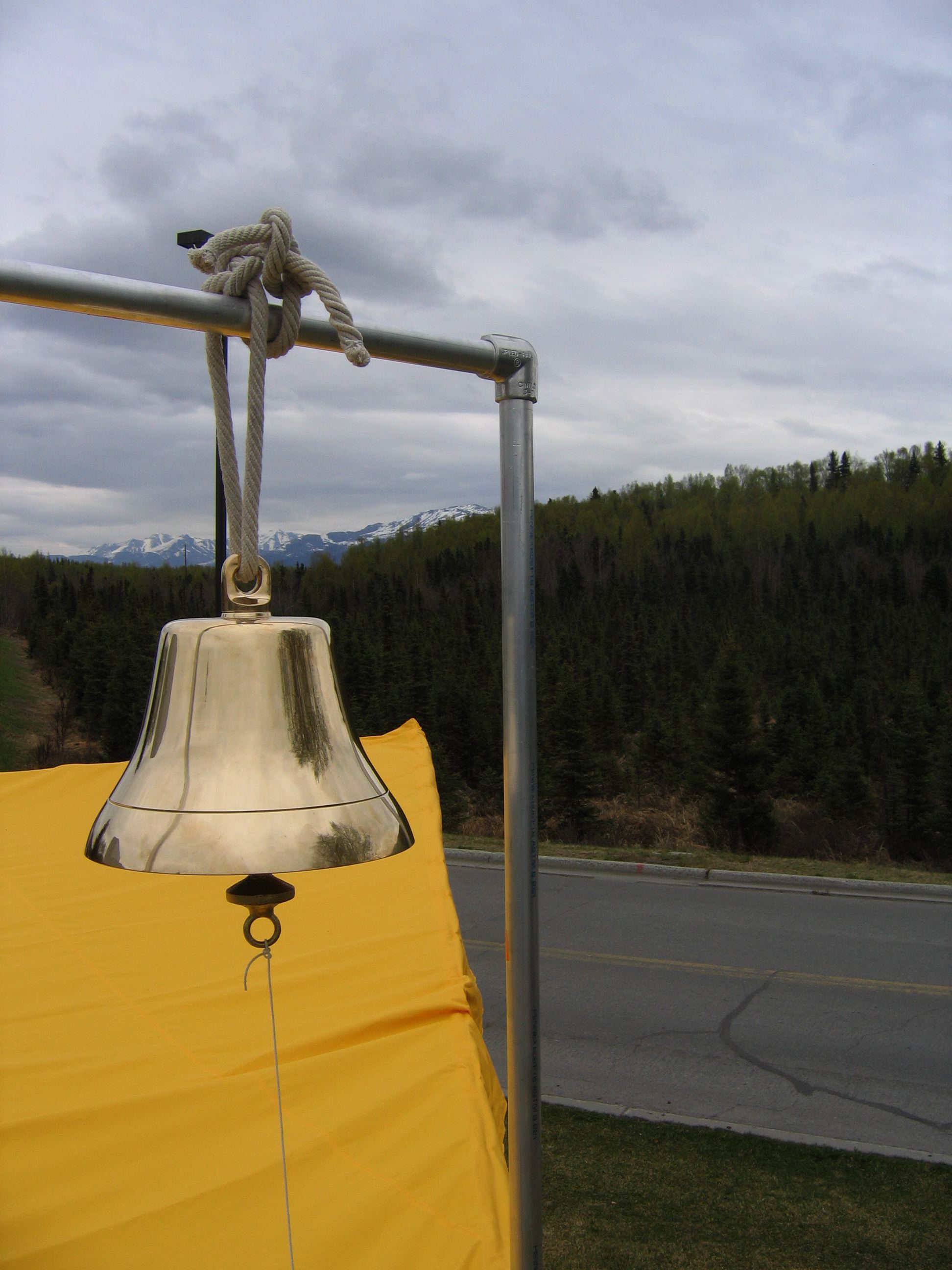
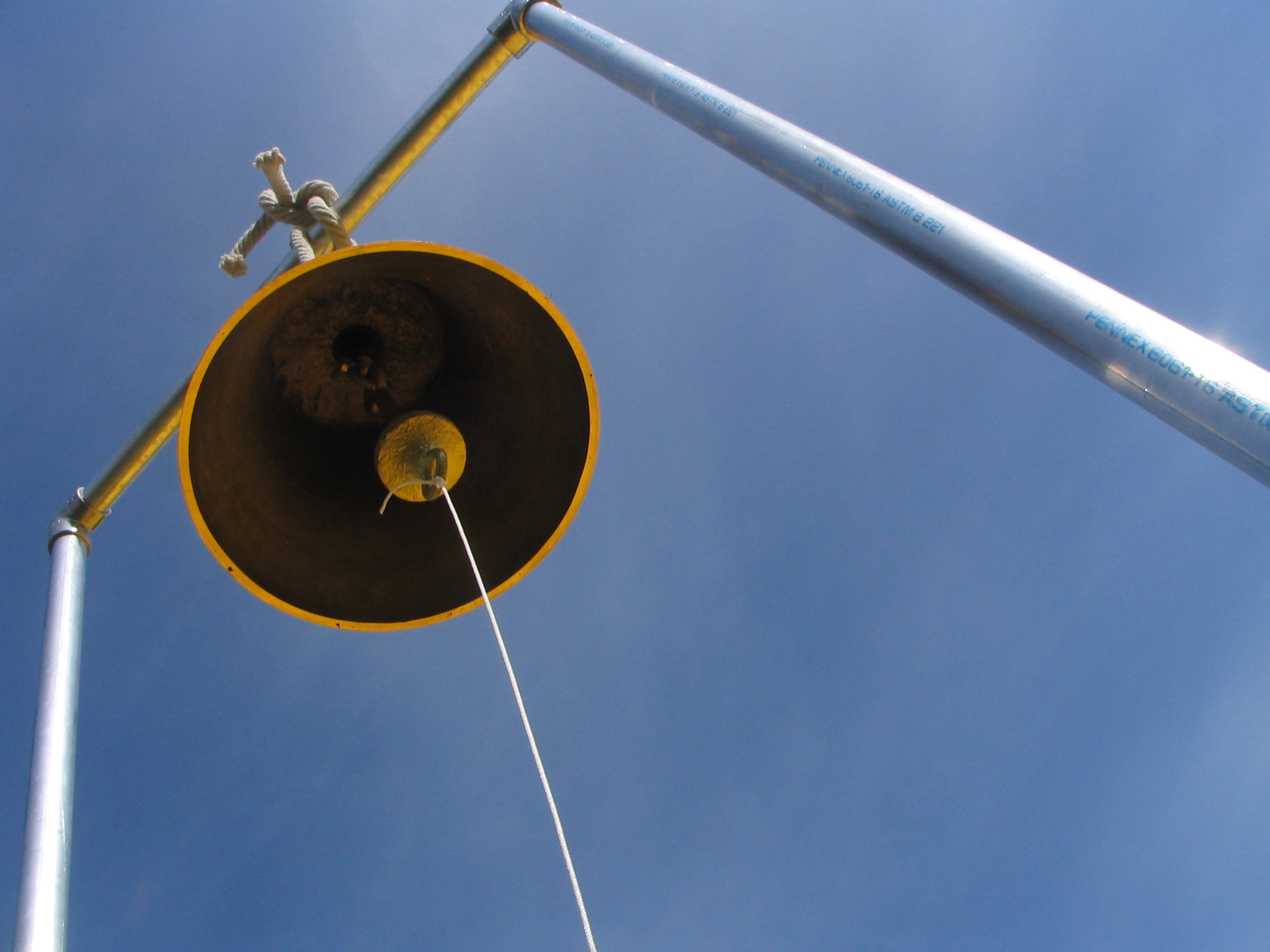
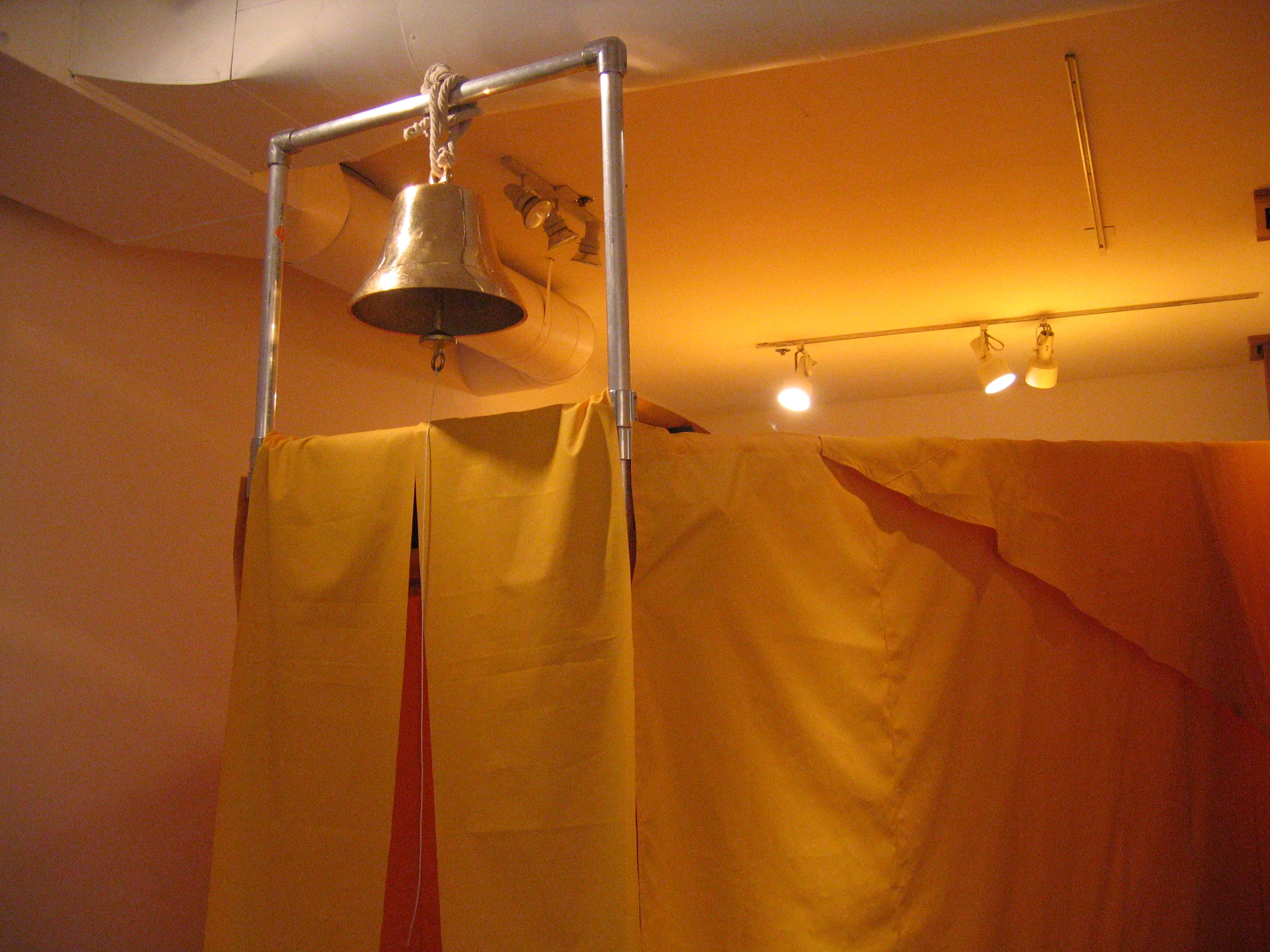
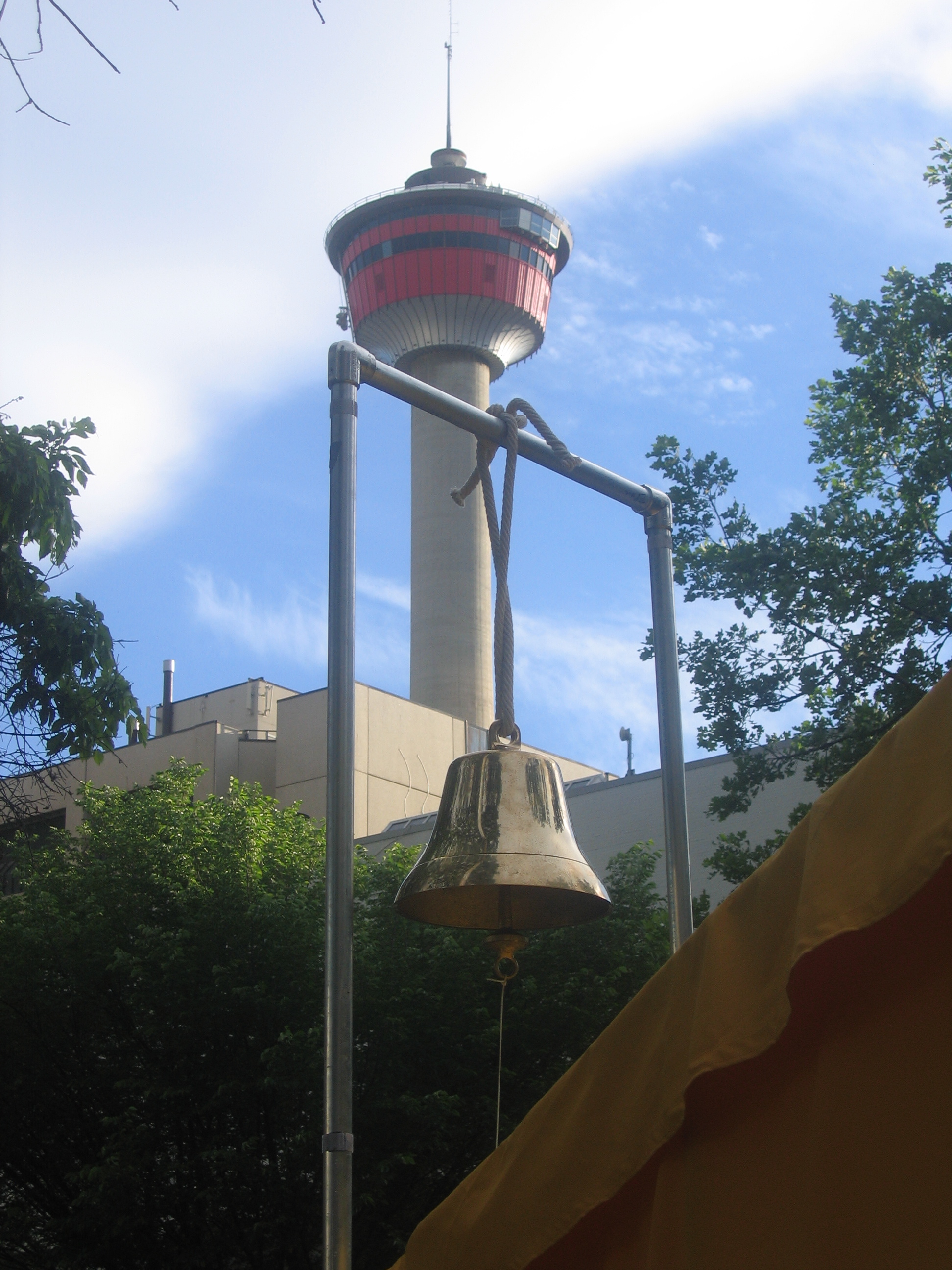
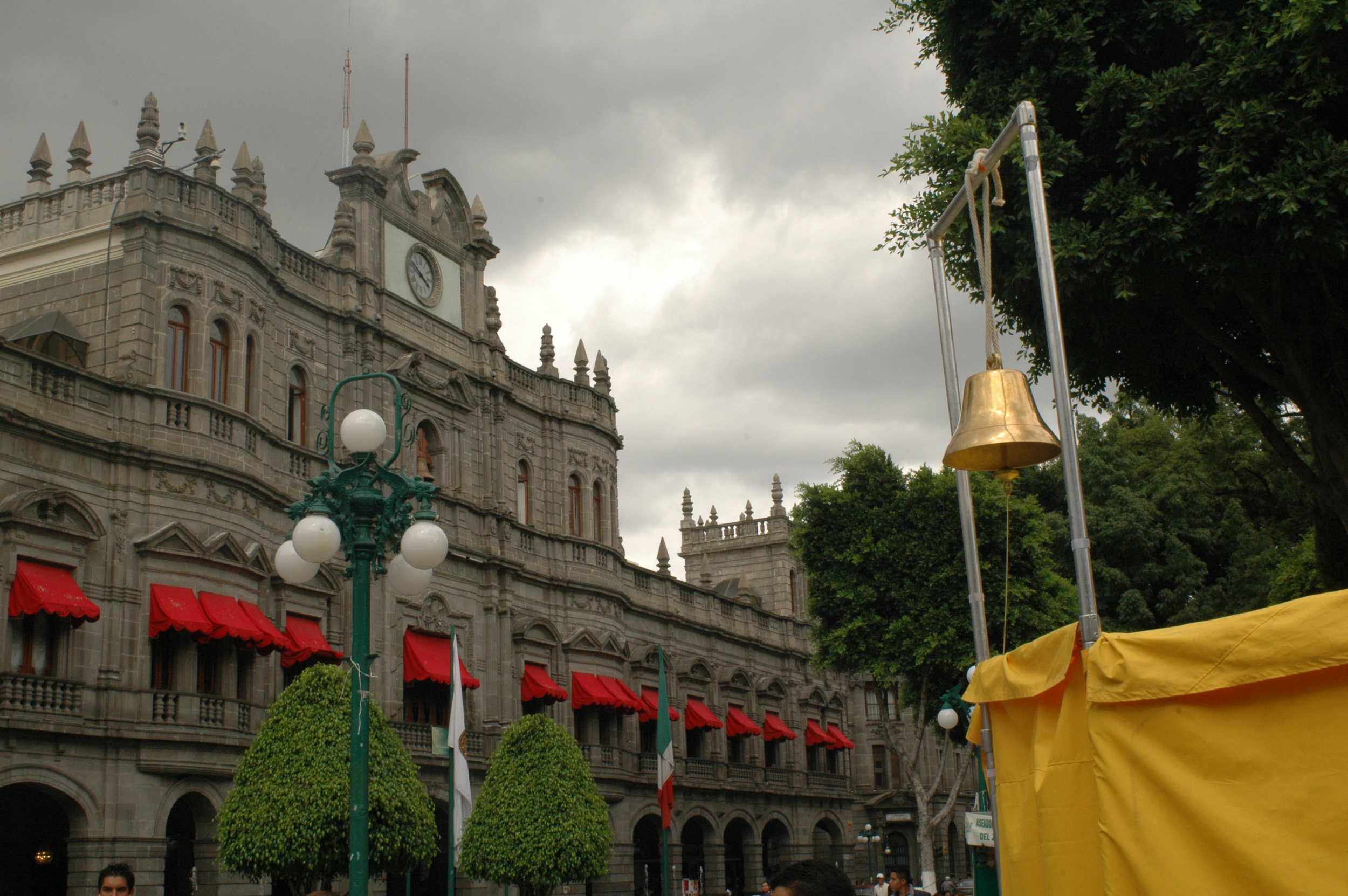
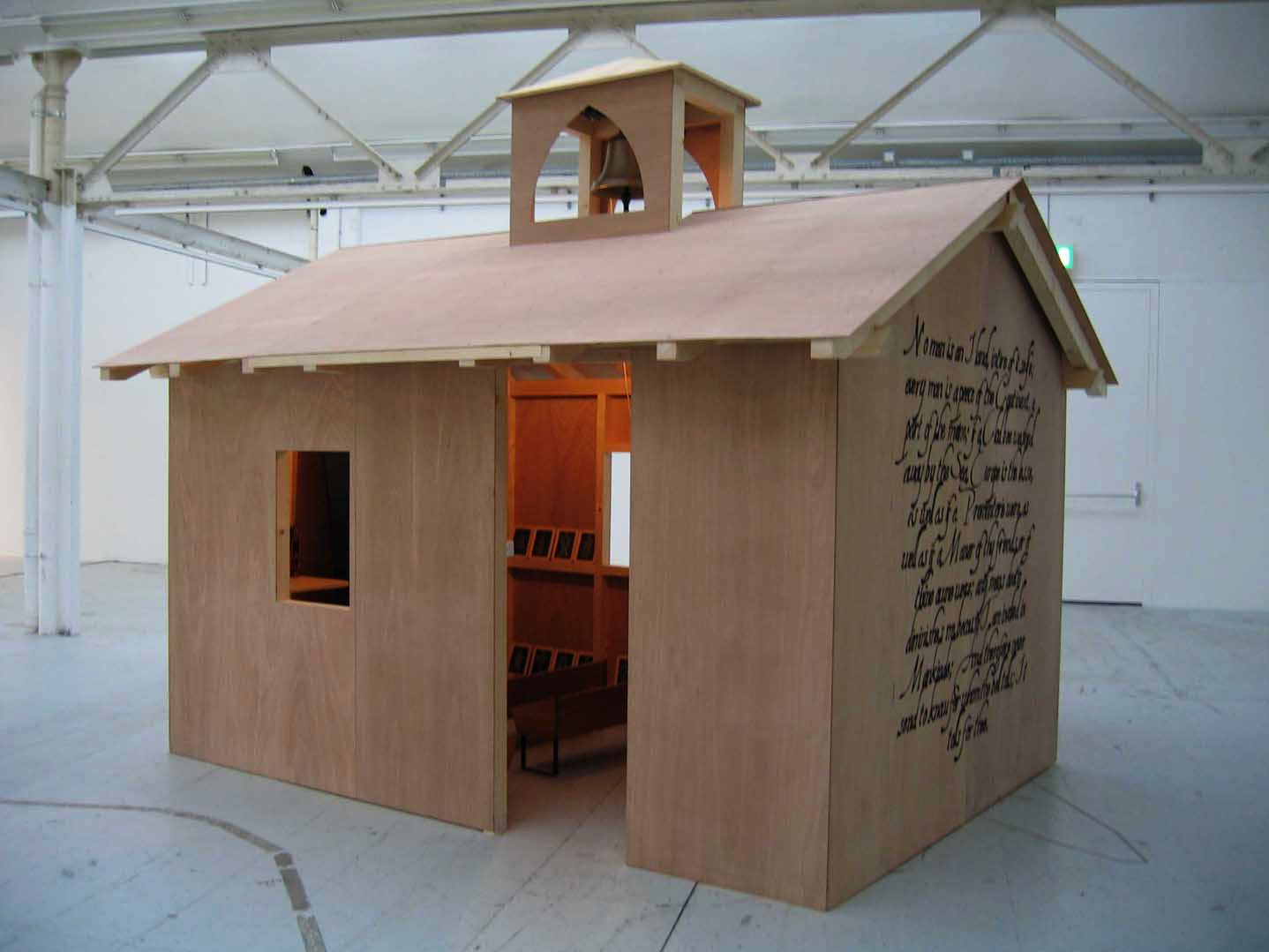
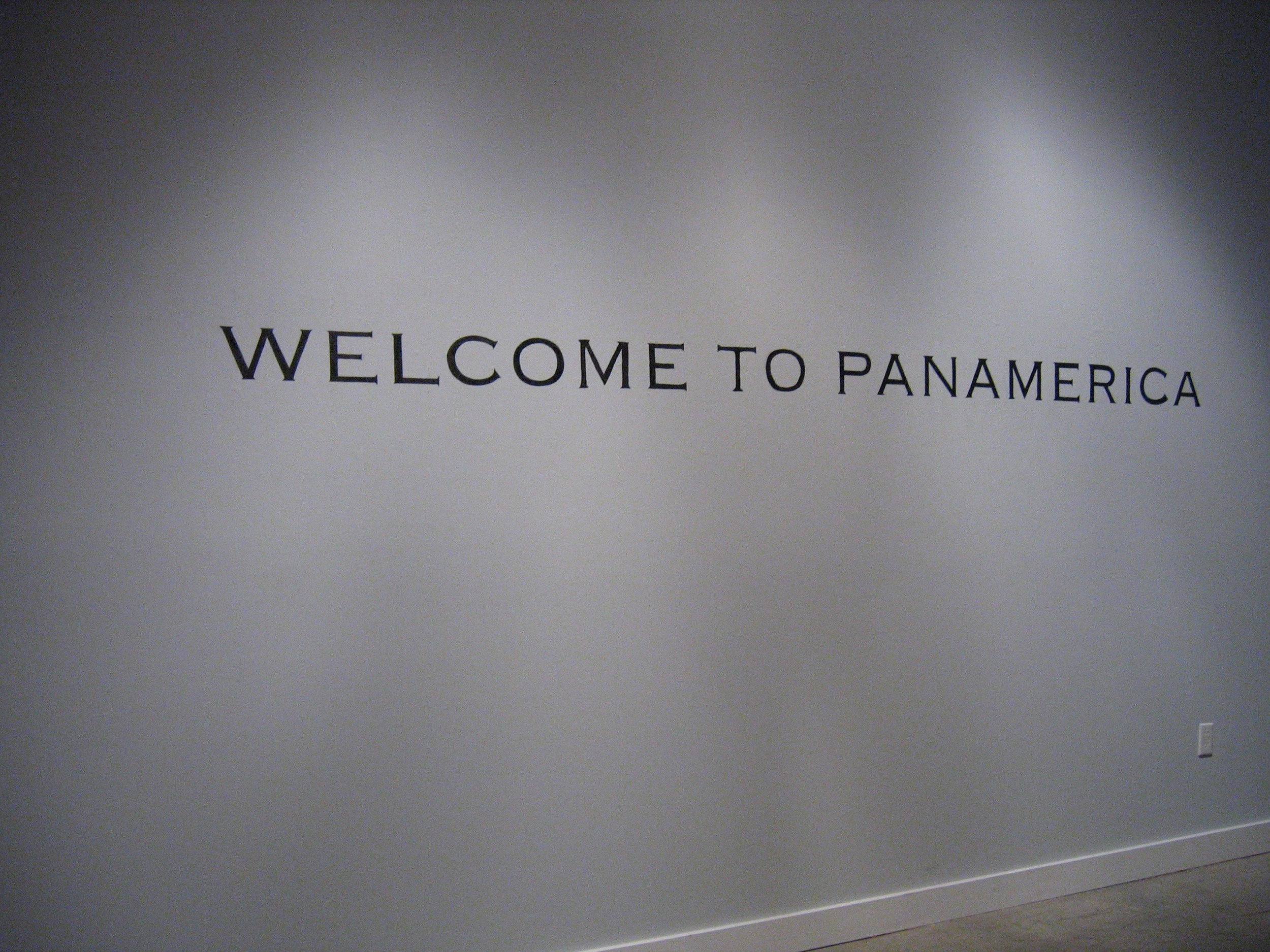
THE SCHOOL OF PANAMERICAN UNREST
ABOUT THE PROJECT
The School of Panamerican Unrest is an artist-led, not-for -profit public art project that seeks to generate connections between the different regions of the Americas through discussions, performances, screenings, and short-term and long-term collaborations between organizations and individuals. Its main component will be a nomadic forum or think-tank that will cross the hemisphere by land, from Anchorage, Alaska, to Ushuaia, Argentina, in Tierra del Fuego. This hybrid project included a collapsible and movable architectural structure in the form of a schoolhouse, as well as a video collection component. The project, which seeks to involve a wide range of audiences and engage them at different levels, offers alternative ways to understand the history, ideology, and lines of thought that have significantly impacted political, social and cultural events in the Americas.
After its official launch in New York, the SPU initiated its road trip in Anchorage. From May 19 through September 15, the SPU will make 30 official stops. The journey will be documented in video footage that will result in a documentary to be launched in 2007. Updates of the trip were made available at www.panamericanismo.org. A virtual bilingual forum discussing aspects of this trip was initiated in January of this year and can be accessed at http://espanol.groups.yahoo.com/group/forovirtualpanamericano
Initiated by Mexican artist Pablo Helguera, and with the support of more than 40 organizations and more than 100 affiliated artists, curators, and cultural promoters in the Americas, The School of Panamerican Unrest responds to the need to support inter-regional communication amongst English, Spanish and Portuguese speaking America, as well as its other communities in the Caribbean and elsewhere, making connections outside its regular commercial and economic links. In contrast to Europe, which over the years has been orchestrating its cultural integration through an open flux of dialogue, many Latin American countries still have a limited cultural exchange amongst one another, and often limited to the connections offered by the hegemonic points such as New York, Miami, or even Madrid. Many years after the initial impulses by various Latin American intellectuals such as José Vasconcelos, Simón Bolívar, José Martí, who once envisioned a unified cultural region in the Americas, this project seeks to revisit and evaluate the meaning of those ideas during the time of the Internet and post-globalization. In the debates, programs and roundtable discussions, the project will seek to articulate and debate issues that pertain to local concerns around culture and society. We will also seek to discuss ways through which artistic practice in the Americas can acquire an influential role in public life, political, cultural and social discourse, enriching their respective communities in a productive and proactive manner.
As an artistic project, the SPU seeks to innovate by combining performative and educational strategies, creating new forms of presentation and debate about political and historical subjects and creating a discussion infrastructure that will break with the usual academic formats, and the predictable means of communication and debate that are normally used in the art world. The project is inspired by the travel itineraries of those who once crossed the continent, ranging from missionaries, explorers, scientists, revolutionaries, intellectuals, writers, and others. In the utopian spirit of those who once conceived the Americas as a unified entity, the SPU will cross the continent literalizing the very idea of Panamericanism.
Now that the journey has been completed, the documentation of it is being brought together in the form of a publication, a documentary and a traveling exhibition that will visit many of the original sites, as well as others.
FROM EYAK TO YAGHAN
The beginning and end of the Schoolhouse road trip were marked by meetings with the last living speakers of two Native American languages. In Anchorage, the SPU met with Marie Smith Jones, the last speaker of Eyak, a native Alaskan language. The end of the trip was marked by meeting Cristina Calderón in Tierra del Fuego. Calderón is the last speaker of Yaghan, a native language of Argentina and Chile.
SCHOOLHOUSE PROGRAMMING
On each of its stops, the SPU offered a number of public programs in collaboration with its host.
FILMS
As a special component of the onsite programming planned as part of the School of Panamerican Unrest, we offer a special program of experimental video and documentary films on the Americas, in collaboration with the organizations Cinema Tropical and Women Make Movies.
Cinema Tropical, is a not-for profit organization based in New York that promotes, programs, and distributes Latin American Cinema in the United States. The SPU schoolhouse will feature a program of experimental video from Latin America in collaboration with Cinema Tropical. Women Make Movies is the largest distributor of films and videotapes by and about women in the world. A program compilation of film works will explore subjects around the Americas such as history, social and political issues.
DISCUSSIONS
At each stop, the School facilitated a discussion/roundtable with local participants on a subject that is of both local and Panamerican relevance. The discussions were summarized in the daily blog, and papers and other information were posted on the main website (www.panamericanismo.org).
WORKSHOPS
At each stop, Pablo Helguera conducted writing and performance workshop, which involved the discussion on the subjects, related to the visit and the writing of short performance speeches that participants were encouraged to perform at the Panamerican Ceremony.
PANAMERICAN CEREMONY
The SPU presented a ceremony event, displaying the Schoolhouse to the public and the presentation of a commemorative plaque to the local host. The ceremony included a speech and the performance of the Panamerican Anthem, an orchestral composition by Pablo Helguera comprised of a number of national anthems.
--------------------------------------------------------------------------------------------------------------------------------------------------------------
LA ESCUELA PANAMERICANA DEL DESASOSIEGO
SOBRE EL PROYECTO
La escuela panamericana del desasosiego es un proyecto artístico independiente, sin fines de lucro, que busca generar conexiones entre las diferentes regiones de las américas a través de discusiones, perfrmances, talleres, muestras de video, intervenciones, y colaboraciones a corto y largo plazo entre individuos y organizaciones. Su componente principal consiste en una estructura arquitectónica portátil en forma de una escuela de campo dentro de la cual se realizarán varias de las actividades. La estructura colapsable se insertará dentro de una camioneta que realizará el viaje terrestre por todo el hemisferio, desde Anchorage, Alaska, hasta Ushuaia, Tierra del Fuego.
El proyecto busca relacionar a una gran variedad de públicos e involucrarlos en diferentes niveles. A través de estrategias diversas, se buscará instigar un diálogo que abordará temas de interés local relacionados a la historia, la ideología y líneas de pensamiento en las américas, así como problemáticas culturales y artísticas.
Después de su lanzamiento oficial en Nueva York, la EPD iniciará su viaje terrestre desde Anchorage. Del 19 de mayo al 15 de septiembre, la escuela realizará 30 paradas oficiales. El viaje será documentado en videos que se irán presentando gradualmente en las sedes que se visiten y que eventualmente constituirán un documental que será presentado en el 2007. Se realizarán informes diarios del viaje en los siguientes sitios: www.panamericanismo.org y www.universes-in-universe.de. Se cuenta con un foro virtual a través del cual se podrán comentar y debatir los incidentes y diálogos que se realicen en el trayecto.
Iniciado por el artista mexicano Pablo Helguera, y con el apoyo de más de 40 organizaciones y 100 artistas, curadores y gestores culturales afiliados a nivel hemisférico, La Escuela Panamericana del Desasosiego responde a la necesidad de apoyar la comunicación interregional entre las Américas de habla española, inglesa y portuguesa, así como otras comunidades en el caribe y demás, facilitando vínculos fuera de los actuales intercambios comerciales y económicos entre estas regiones. En contraste con Europa, que a lo largo de los años ha estado orquestando sus vías de diálogo cultural entre sus países, en latinoamérica se cuenta con un intercambio limitado entre naciones, siendo este limitado a puntos hegemónicos como Nueva York, Los Angeles, Miami o Madrid. Muchos años después de los impulsos iniciales por pensadores latinoamericanos como José Vasconcelos, Simón Bolívar, José Martí, quienes en sus momentos imaginaron la integración continental, este proyecto busca revisar de forma crítica las viabilidades e implicaciones del “sueño bolivariano” en esta era del internet y la post-globalización.
Para el proyecto se ha adoptado un formato semi-abierto de presentación con el fin de mantener una coherencia y “enfoque narrativo” en las discusiones, pero dando cabida a la improvisación para que los intereses y necesidades de debate en cada sede sean cumplidas. Si bien las pláticas no girarán exclusivamente en torno al arte o a la cultura, generalmente se enfocarán temas sociales o políticos desde un lente cultural.
Como proyecto artístico, la EPD busca presentar un nuevo modelo que combina estrategias de performance y educación, las cuales se implementarán en los debates, talleres y conversaciones. Tanto por su formato híbrido por la naturaleza de esta empresa, se busca romper con los formatos predecibles de discusión propios del ámbito académico y del mundo del arte.
El proyecto, que en su curso físico por el hemisferio trata de literalizar la noción misma del panamericanismo, se inspira en los itinerarios de viaje de muchos de aquellos que cruzaron el continente, desde exploradores, misioneros, científicos, revolucionarios, intelectuales, escritores, y otros. Una vez terminado el viaje, la documentación de éste se presentará al público en forma de publicación, documental, y exposición itinerante.
DE EYAK A YAGHAN
El inicio y la conclusión del viaje de la escuela será marcado con encuentros con las últimas hablantes de idiomas nativos de las Américas. En Anchorage, la EPD buscará a Marie Smith Jones, la última hablante de Eyak, una lengua nativa de Alaska. El viaje concluirá con la visita a Cristina Calderón en Patagonia. Calderón es la última hablante de Yaghan, una lengua nativa de Argentina.
PROGRAMACION DE LA ESCUELA
En cada una de sus paradas le EPD ofrecerá un número de programas al público en colaboración con su sede anfitriona.
CINE/VIDEO
Como componente especial de su progrmación, La EPD ofrecerá un programa de video experimental y de cine documental con énfasis en las américas, presentados respectivamente en colaboración con las organizaciones neoyorkinas Cinema Tropical y Women Make Movies.
Cinema Tropical es una organización sin fines de lucro basada en Nueva York que promueve, programa, y distribuye el cine latinoamericano en los Estados Unidos. La EDP ofrecerá un programa de video experimental de latinoamérica en colaboración con Cinema Tropical.
Women Make Movies es la distribuidora de cine y video de y sobre mujeres en el mundo. En colaboración con esta organización, se ofrecerá un programa consistente en una compilación de películas centradas en temas históricos, sociales y políticos relacionados a las Américas.
DEBATES
En cada parada la EPD facilitará un debate o mesa redonda con participantes locales sobre un tema que haya sido escogido mutuamente y que tenga relevancia tanto local como panamericana. Las discusiones serán resumidas en el blog diario (www.panamericanismo.org) y varias presentaciones e imágenes se harán disponibles. Abajo se incluye una lista completa de temas a discusión.
TALLERES
En cada parada, Pablo Helguera ofrecerá un taller de escritura y performance, con el objetivo de tratar los temas que se debatieron en las discusiones y de poder presentarse en la ceremonia panamericana.
CEREMONIA PANAMERICANA
La EPD celebrará un evento/ceremonia en el cual se presentará una placa conmemorativa a la sede anfitriona y se incluirá un discurso dirigido a la comunidad local. Asimismo se ejecutará la presentación del Himno Panamericano, una composición orquestal por Pablo Helguera basada en los himnos nacionales de los diferentes países americanos.

